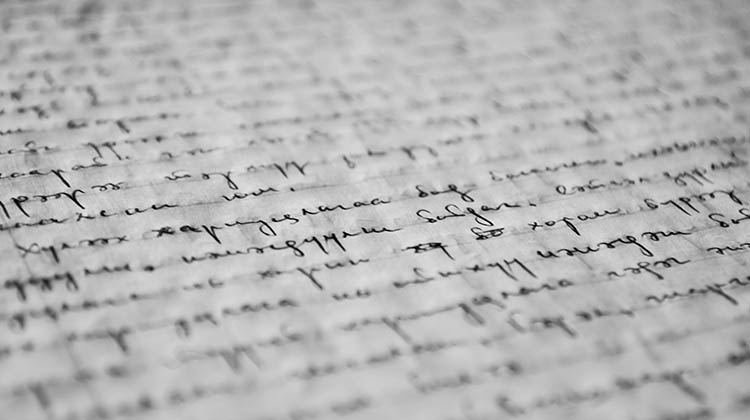How Combining Traditional Literacy with the Digital World Can Achieve an Impactful Education

Traditional literacy is about print on a page, or decoding and making sense of words, images, and other content that a student can string together and then begin to comprehend. Fast-evolving technologies transform everyday communication and literacy practices, many children find themselves immersed in multiple digital media from birth. Rapid technological change has consequences for the development of literacy, and the ways in which parents and educators can equip today’s young people for a digital future.
While the integration of digital technologies with traditional literacy requires rethinking pedagogical frameworks within which education occurs, the opportunity to re-energise pedagogy toward the purposeful integration of traditional and digital literacy is before us. Emerging and evolving technologies are being used to create multimodal texts, expanding the modes of writing, and reading to make better use of sounds and images, including moving images. Kress (2003) notes that the effect is a shift from “telling the world “To “showing the world”.
School leaders and teachers are skilled at embracing and managing change. Educators’ complete hours of online professional learning and compliance training. Increasingly digital access to literature is dynamic, as is the use media such as blogs, other social media, and podcasts to connect with the wider education community. For example, through Twitter or Facebook groups, or through watching and commenting on YouTube videos or Instagram content, teachers can share inspirational practice and comment on evidence-informed approaches.
Current research highlights that making effective use of technologies in the classroom relies on the teachers’ abilities to integrate the device with the school curriculum and classroom practice. Schools which invested not only in the hardware but also in professional development and support, reported sustained and positive changes to the introduction of interactive whiteboards.
The pandemic created the need for innovation, and some may argue catch up with more advanced countries, to integrate traditional and digital learning. While managing consistent funding cuts, Australian Universities built upon existing frameworks and practice to engage students using online meeting tools.
It is easy to forget that metropolitan and regional communities have easy access to 4 and 5G mobile phone and data services, digital radio and television and fibre to node, if not the premise, NBN connections. Inconsistent, unreliable and in too many instances, unaffordable access to basic digital tools reflects social and economic demographics, highlighting the need to leverage the use of digital tools and media to overcome socio-economic disadvantage.
Traditional literacy including stories, poems, essays, books, and newspaper and magazine articles are combined with learning to include spoken representations of meaning, such as oral stories, discussions, or speeches. Students use digital tools to make meaning of texts and show representations such as live enactments, films, and television; visual representations of meaning such as paintings, cartoons, sculpture, and graphics; and even lived experiences, such as a day in the park, a conversation with a loved one, or an observation about a social situation. Ranald (2020) described the digital world as rapidly changing the way students make meaning from text, and way in which meaning is expressed.
Waxler & Hall (2011) stated that the ubiquitous nature of technology in today’s classrooms provides the opportunity for teachers to nurture and encourage reader response both individually and collaboratively in multiple contexts.
The digital interpretation of text emphasises 21st century learning skills in the way that students gather, evaluate, and synthesize data from various sources, such as print and non-print texts, and people.
Schools are realising the potential of social media and the use of digital tools to connect with others beyond the school walls. Some schools use blogs or text messages to connect with parents and caregivers to share news about what is going on in the classroom and what the children are achieving. Parents can access school app services to kept in touch with what their child’s class is doing, developing rich home-school connections that often result in improved student achievement and growth. Institutions that make this content genuinely immediate and interesting can achieve whole school improvement.
Technologies are fast evolving, transforming everyday communication and literacy practices and young people are immersed in digital media. It is timely to consider how the combination digital technologies and traditional literacy are impacting the lives and learning of students; and how educators use of digital resources to improve student outcomes.